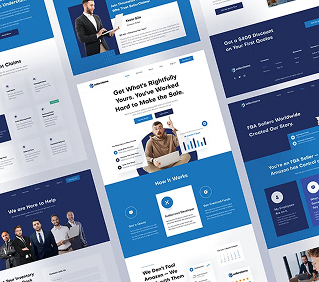Guide to Website Branding: Building a Strong Online Identity
One effective strategy for creating a strong, unified online presence is website branding. Building trust with audiences, communicating ideals, and creating a memorable identity are all facilitated by consistent branding. The main components of website branding will be covered in this article, along with tips for successfully implementing them. For a gippsland web designer see here.
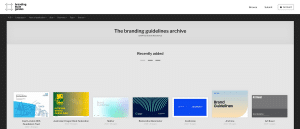
What Is Website Branding?
The process of matching your overall brand identity with the layout, content, and user experience of your website is known as website branding. In order to establish a consistent and identifiable online presence, brand components like colors, logos, and messaging must be used.
Why Website Branding Matters
Having a strong brand makes it easier to stand out from the competition, win over customers, and cultivate audience loyalty. A website with a brand can:
Boost awareness of your brand
Exude professionalism and authority.
Reaffirm your principles and distinctive traits.
Key Elements of Website Branding
Focus on these crucial elements to create a unified branded website:
Define Your Brand Identity
Begin by having a thorough awareness of your brand identity, which comprises your:
Mission and Values: Describe the goals and guiding ideals of your brand.
Audience: Determine what appeals to your target market.
USP, or unique selling proposition: Find out what distinguishes your brand.
The whole messaging, tone, and appearance of your website are influenced by this foundation.
Choose a Consistent Color Scheme
A strong component of branding, colors have the ability to arouse particular feelings. Choose hues that embody the essence of your brand:
Blue: Frequently linked to reliability and trust.
Green: Associated with sustainability, growth, or well-being.
Red: Expresses vigor and fervor.
For balance, use one or two secondary colors, a primary brand color, and a neutral color. To strengthen brand awareness, make sure the same colors are utilized consistently throughout the website.
Design a Unique Logo
Your website should prominently display your logo, which serves as a visual representation of your brand:
Header: Put your logo on each page’s header.
Favicon: To make your website easier to recognize in browser tabs, use a condensed version as the favicon.
Footer: For constant exposure, include your logo there as well.
A unique logo strengthens your brand identification and helps consumers recognize your company right away.
Select Fonts that Reflect Your Brand
Fonts aid in expressing the tone of your brand. Select typefaces that:
Adapt to Your Personality: Formal, informal, professional, or playful.
Can be read: Particularly on smaller screens, legibility is crucial.
Remain Consistent: To keep things looking neat, use one or two typefaces for headings and body text.
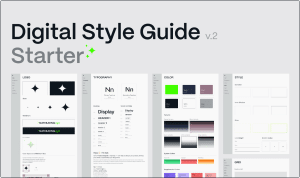
For a clean and unified look, all of the website’s typography, from headlines to body text, should be uniform.
Develop a Consistent Voice and Tone
The personality and ideals of your brand should be reflected in the tone and voice of your website. For instance:
Friendly and informal: Perfect for consumer-focused brands.
Professional and Educational: Ideal for service-oriented or business-to-business brands.
Bold and Creative: Excellent for lifestyle, fashion, or cutting-edge brands.
Maintaining a consistent tone throughout all of your content, from blog entries to product descriptions, aids in getting to know your audience.
Visual Elements for Brand Consistency
Maintaining visual consistency improves user experience and strengthens the identity of your brand.
Incorporate Custom Images and Graphics
Unique images make your brand stand out. Think about:
Branded Photography: To achieve a distinctive style, use original photos whenever you can.
Icons and Illustrations: Customize icons or illustrations to fit the aesthetic of your company.
Image Filters: To create a unified aesthetic, apply a consistent filter or editing technique.
Your website appears clean and expert when the images are in line with your brand style. For more information go here.
Establish a Cohesive Layout
A well-organized layout guarantees seamless user navigation and strengthens your brand:
Headers and Footers: Make sure that the headers and footers on every page have the same design.
Navigation: Make use of straightforward, user-friendly navigation that embodies your brand’s user-first philosophy.
Buttons and CTAs: For a unified appearance, style buttons and calls to action with branding colors.
Maintaining a consistent layout and structure enhances user experience and increases brand memory.
Brand Your Calls to Action (CTAs)
Since calls to action are important places of connection, they ought to be consistent with the tone and style of your brand:
Button Colors: For consistency and visibility, use branded colors.
language Tone: Make sure the CTA language reflects the tone of your brand.
Placement: Put CTAs in areas where they can organically direct the user’s path.
CTAs that are strategically placed and complement your branding inspire action and increase audience engagement.
Content Strategies for Brand Building
Communicating your brand’s values and expertise requires content.
Create Relevant and Engaging Content
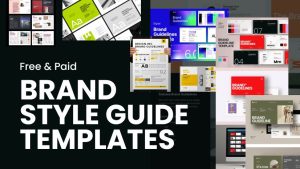
Your content should speak to the requirements of your audience and represent the mission of your brand:
Blog posts: Provide knowledge, perspectives, and answers that are pertinent to your readers.
Descriptions of Products: Use language consistent with your brand voice to highlight special aspects of your products.
Case Studies and Testimonials: To establish credibility and prove your worth, share success stories.
Trust is established and visitors’ interest is maintained by valuable, interesting information.
Use Storytelling to Connect with Your Audience
You may establish a personal connection through storytelling. Here are a few examples of how to use storytelling:
Share your brand’s history, mission, and team on your “about us” page.
Customer Stories: Present case studies and actual testimonies.
Behind the Scenes Content: To humanize your brand, give a glimpse into how it operates on a daily basis.
Your website gains personality through storytelling, which also enables customers to relate to your business on an emotional level.
Enhancing User Experience for Branding Success
A seamless user experience keeps visitors interested and speaks well of your brand.
Optimize for Fast Loading Times
Both SEO and user experience are impacted by page speed. Use dependable hosting, minimize code, and optimize graphics to make sure your website loads quickly.
Design for Mobile Users
A adaptable design is crucial because more and more people are visiting websites on mobile devices. Make sure that on smaller screens, all branding components appear and work flawlessly.
Focus on Accessibility
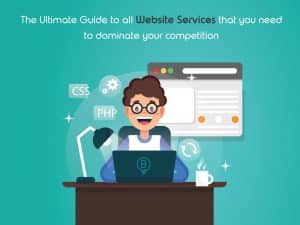
Making your website accessible guarantees that every user has a satisfying experience:
Images with alt text can be described for screen readers.
Keyboard Navigation: Allow keyboard navigation in its entirety.
High Contrast: Make use of colors that ensure all visitors can easily read the text.
Your brand’s dedication to professionalism and diversity is demonstrated by an accessible website.
Measuring and Refining Your Website Branding
Keep an eye on your branding approach and make adjustments in response to statistics and user feedback.
Use Analytics to Track Engagement
Monitor important metrics such as:
Bounce Rate: Elevated bounce rates could indicate that the content or user experience of your website needs to be improved.
Time on Page: To determine user interest, observe how long people spend on each page.
Conversion Rate: Assess the effectiveness of your calls to action and other points of contact.
Data can show you where you can boost user engagement and enhance your branding.
Gather User Feedback
Direct insights into how visitors view your brand can be obtained via user comments. To learn about user expectations and experiences, use social media, reviews, and surveys.
Adapt Your Branding as Needed
Over time, brands change. To remain current and appealing to your audience, review and update your brand aspects on a regular basis.
Conclusion: Building a Memorable Brand through Website Branding
The systematic process of website branding helps you engage with audiences and improve your brand’s online visibility. You may differentiate yourself from rivals by concentrating on consistency in design, messaging, and user experience to build a recognizable and polished brand. Your website brand can develop and flourish through continuous measurement and adjustment, fostering enduring relationships with your audience and advancing your corporate objectives.

